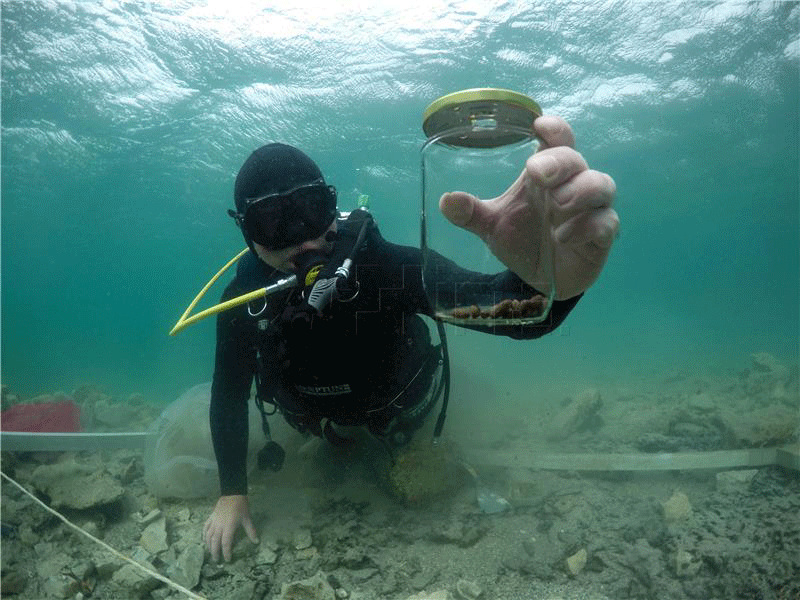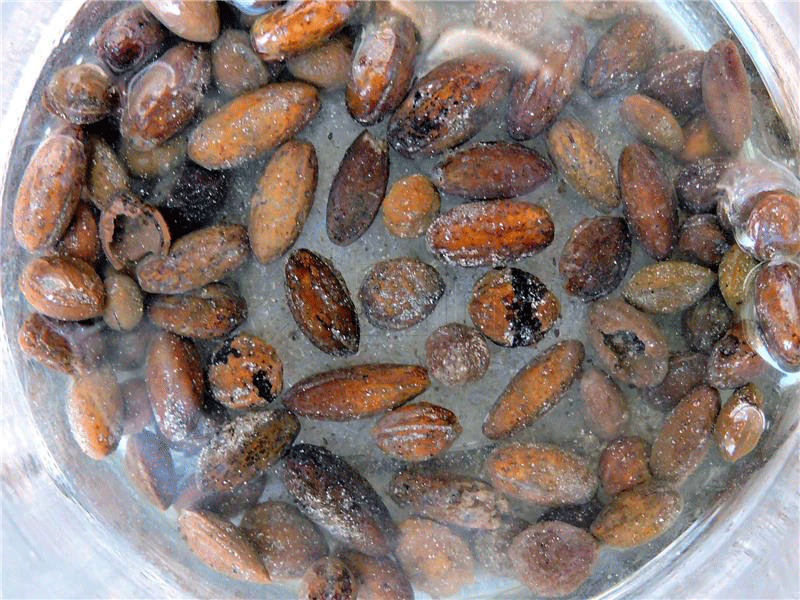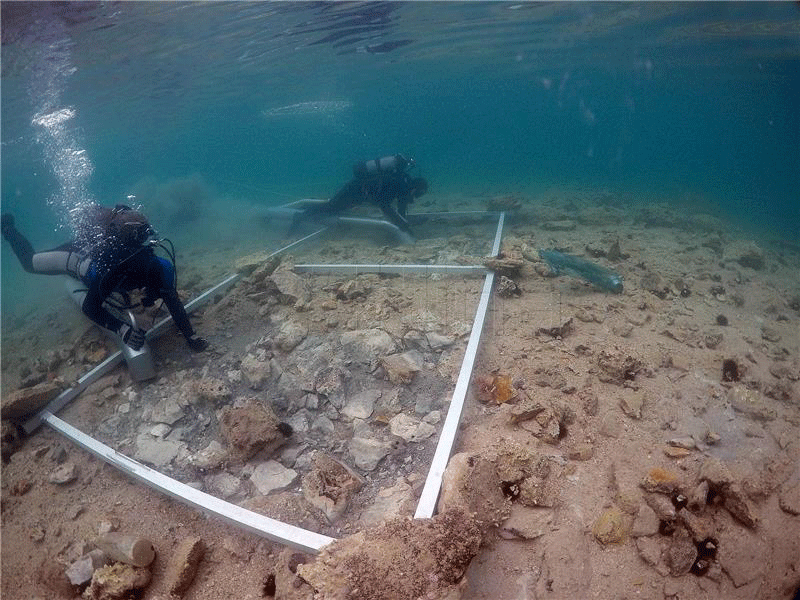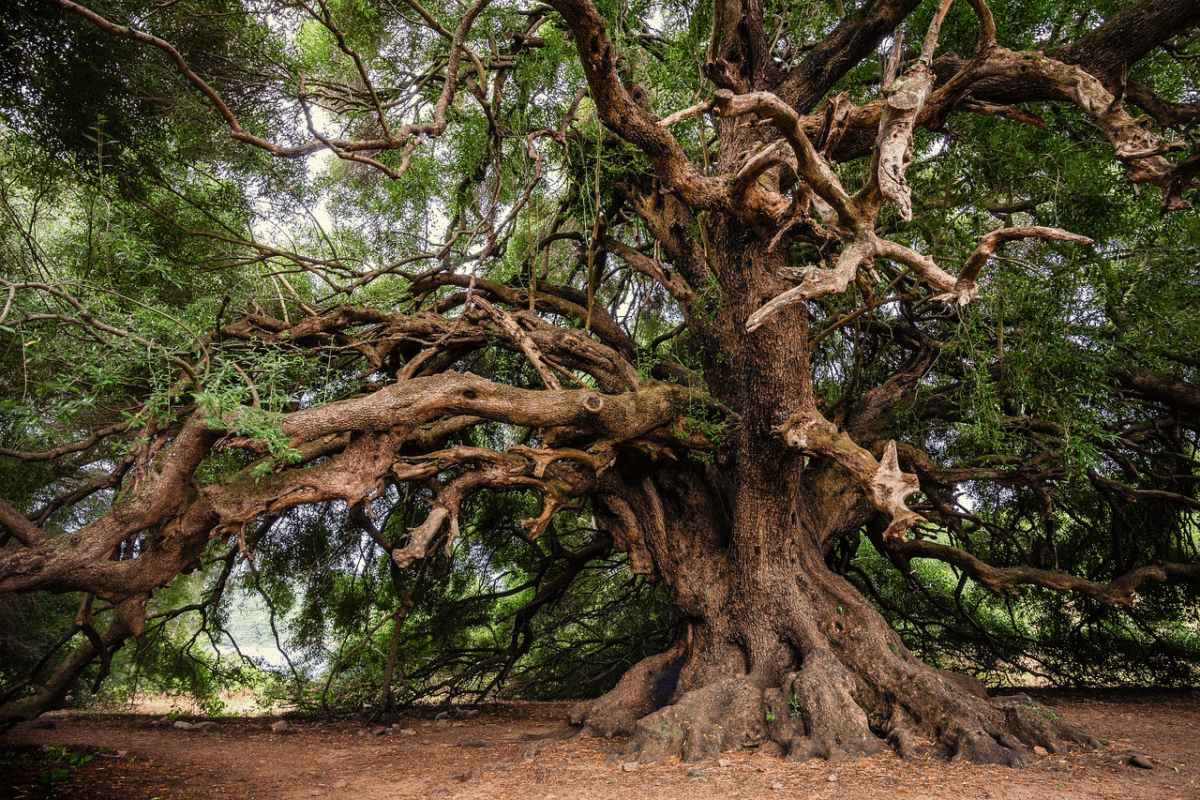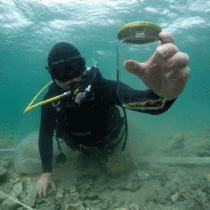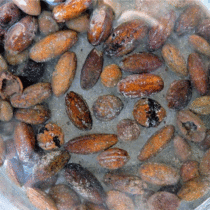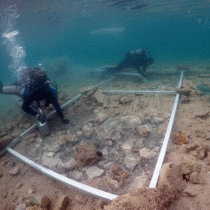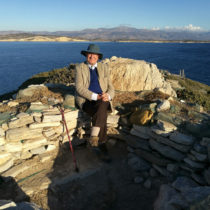Archaeological finds from the Middle Bronze Age have been discovered in underwater archaeological excavations in Croatia, including perhaps the oldest olive groves in the area.
The discovery was made in the sea area between the Isle of Ricul in the Pasman Channel and Turanj. Middle Bronze Age discoveries in northern Dalmatia started emerging when underwater excavations were carried out in the region. Thick marine growth layers have allowed for the preservation of organic material, offering archaeologist with valuable information on life in the region about three millennia ago.
The fifth underwater archaeological campaign by the Department of Archaeology at the University of Zadar, carried out with financial support by the country’s Ministry of Culture and other institutions is now searching for cultural links between the Isle of Ricul and the seabed.
Among the discoveries so far are prehistoric ceramics, a rectangular stone object, what seems to have been a fence, as well as ruins of a thick wall, stone tools and numerous olive pits. The olive pits are about 3,500 years old and were found in a prehistoric marine growth layer.
Another pit found nearby years ago, when the research had started, hadn’t yielded enough data for proper analyses, since at least 40 are necessary. Now, the new discovery has provided scientists with hundreds of pits, according to research leader Mate Ilkic.
Other pits of cherries indicate that the Pre-Liburnian community in the area had a good and diverse diet; animal bones found, such as cattle goats and sheep, indicate that meat was consumed, and millstones for grinding show they also had bread. Since the area was near the sea researchers assume they also ate fish.
The newly discovered olive pits have been taken to the Zagreb School of Agriculture, where they will be scanned to determine the species. Perhaps it still exists in northern Dalmatia.
